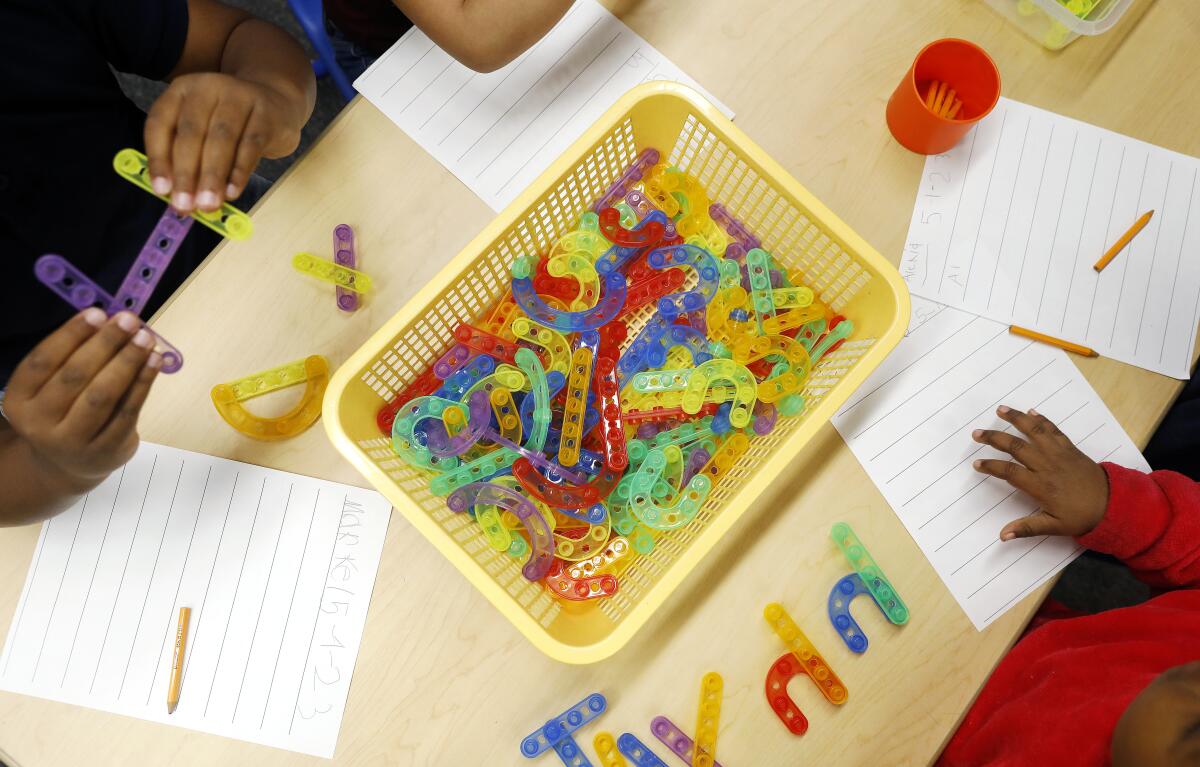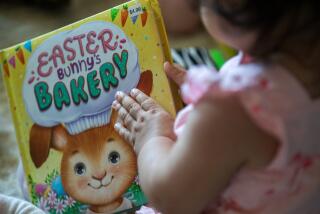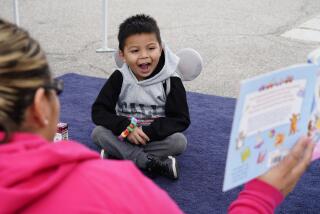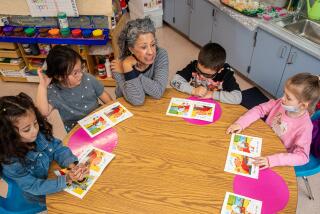How do you teach phonics? Use this reading activity to pair letters and sounds with your child

Reading by 9’s back-to-school guide. Find expert tips, book recommendations and resources for parents of kids just starting transitional kindergarten.
Phonics is a method that teaches children how to read by linking letters together based on sound groups. Together, these alphabetical combinations can aid children to easily begin pairing them by blending the sounds and words when learning how to read.
Letters and sounds is a systematically applied approach that can be easily taught at home when introducing phonics. Cumulatively, phonetic skills are gradually introduced and grown to develop literary fluency.
Letter-sound pairings activity:
Through sets of letters, children can begin to sound out and blend words. This can be taught by having your child touch a symbol under each letter while making the sound of each letter.
Creating symbols under the words that you use to teach your child to read allows them to use kinesthetic, visual and auditory learning strategies. The type of symbol is not important, but we recommend using something that can be stationary and moving for consistency. We’ll use shooting stars in our examples, but dinosaurs, favorite characters, or dots work just as well.
Start with the following letters:
S, A, T, P → Words include: at, a, sat, pat, tap, snap, as
Have your child touch the star under each letter and make the sound associated with the letter (not name the letter). This should sound like “s.” “a.” “t.” As your child is saying the sounds of the letters and NOT the letter names, it should NOT sound like “Ess” “Ay” “Tee.”

Now, have your child keep saying the letter sound along the shooting star as they move from one letter to the next
S A T

This should sound like “sssssssaaaaaaaaattttttt.”
Now, have your child read the words “slow” and “fast.”
Say the word slowly first, the slow version of the word should sound like the above, “sssssssaaaaaaatttttt.” Having your child make the letter sounds longer than you would usually say them, aids with blending.
Next, have them say the word quicker to make it “fast.” The “fast” version will sound like “sat.” If they have trouble saying the word fast, ask them to say the word quicker and quicker until they have it.
Practice combining the letters above until your child can read two and three letter words that are formed from these letters. Sat, at, pat, sap, tap. Beginner words alternate consonants and vowels and do not include silent letters. “Past” may be too difficult for your child to blend when they first start to read. “Say” would also not be a beginner word because the “y” affects the “a” sound, but does not make its own sound. Do not be discouraged if young children cannot combine two consonants in a row at this point.



